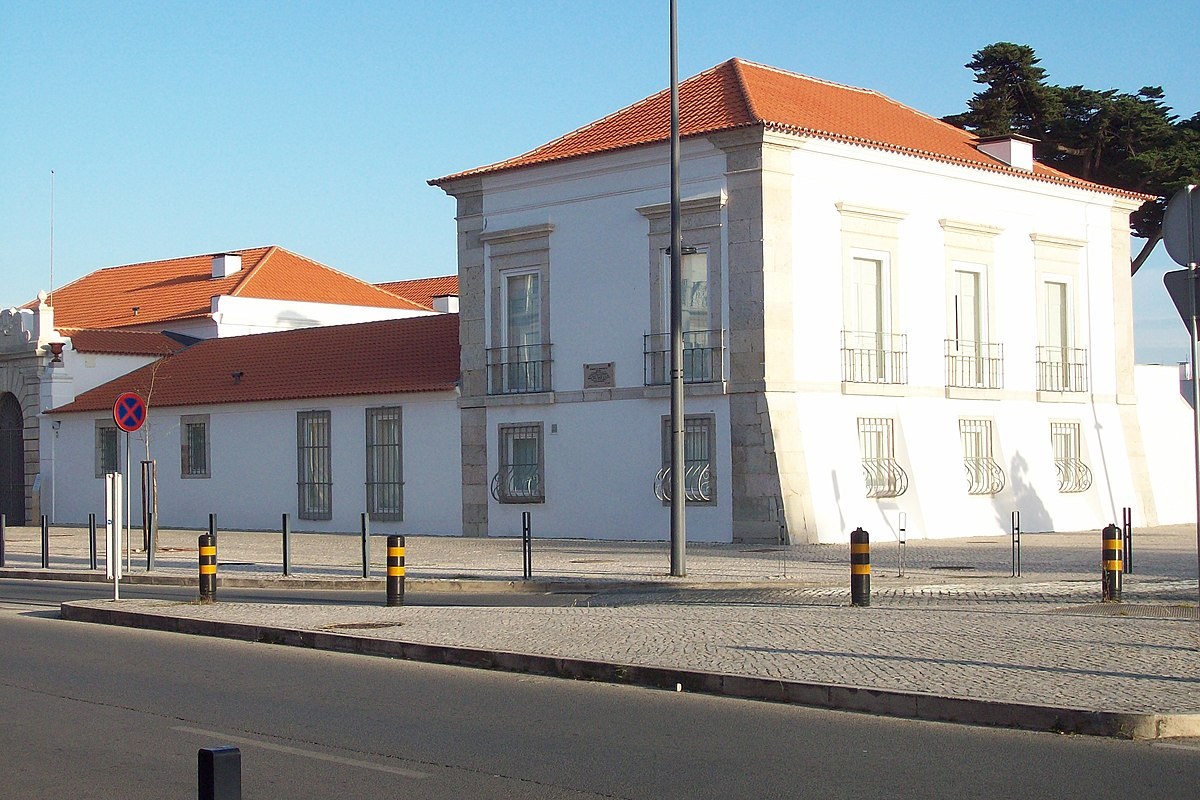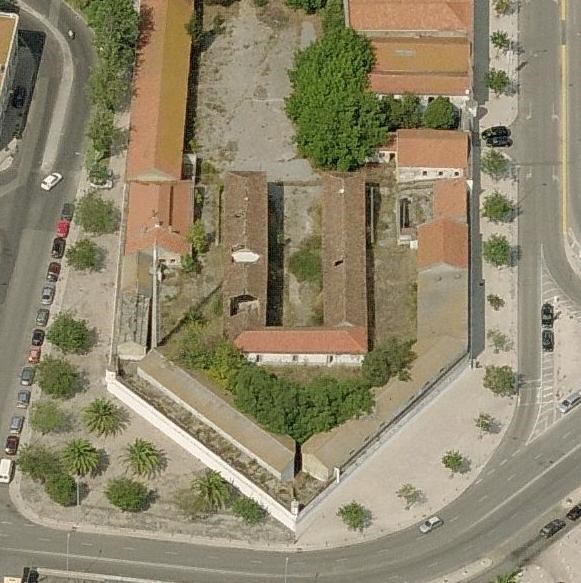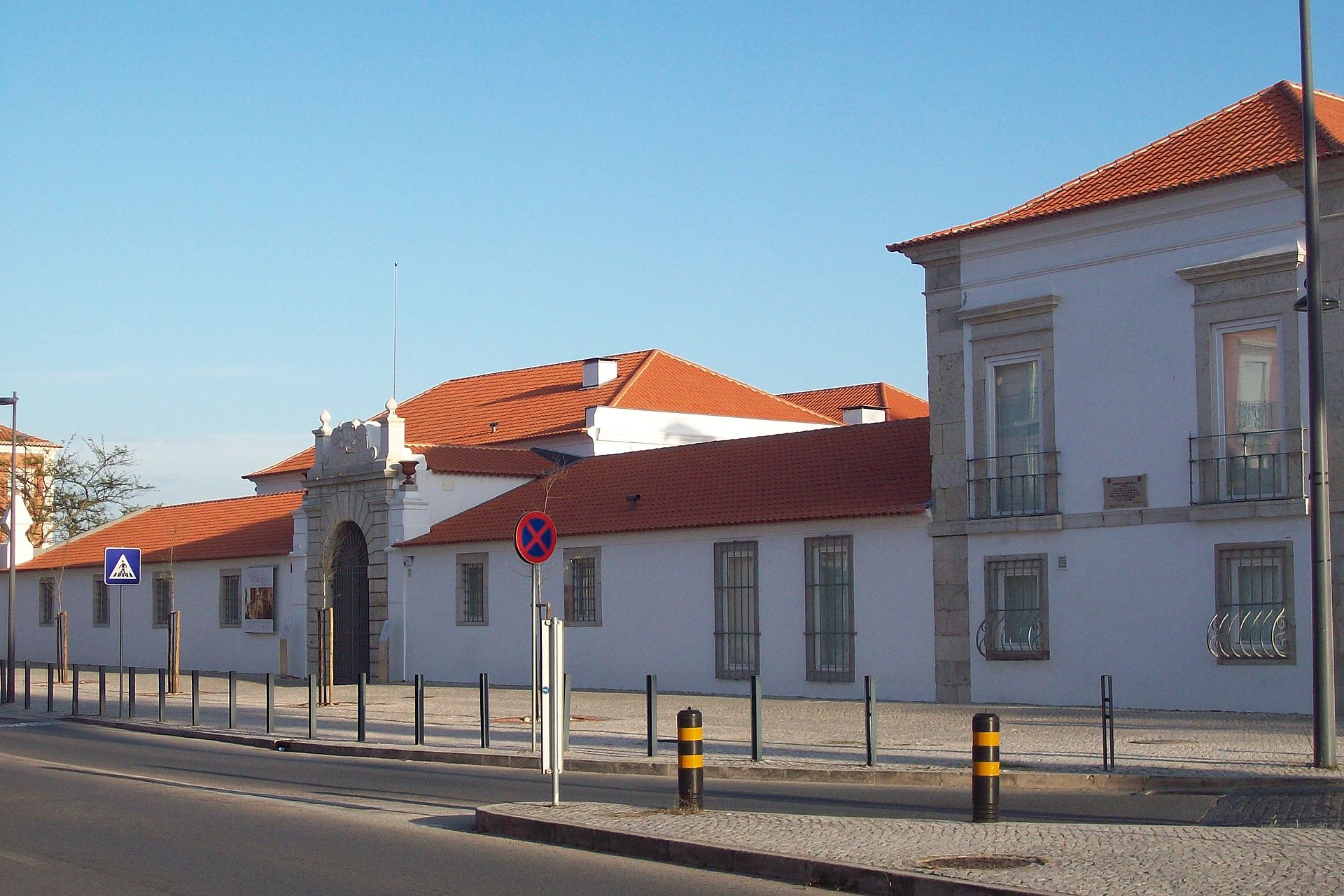Versão portuguesa aqui.
GPS 38.52265768058694, -8.888009874649715
The Baluarte de Nossa Senhora da Conceição is a military structure, built in the mid-18th century, in the city of Setúbal, capital of the Setúbal district, with approximately 100,000 inhabitants in its urban perimeter. It is located in the Lisbon Metropolitan Area sub-region. It is currently known by the population of Setúbal, by the “Quartel do 11”, it is a landmark of the city. The city grows, from east to west and north, from that point on. Interesting example of late 17th century military architecture; It is the most important remaining vestige of the 17th century walls.
History

It was initially called Fort Nossa Senhora da Conceição, later, given its geographical location, it was renamed Baluarte do Cais and finally Baluarte da Conceição. He was the first bulwark of defense of the land, against invaders coming by sea. A bastion - in military architecture - is a defensive work, located at the corners and advanced in relation to the main structure of a bastioned fortification. It was built in the middle of the 18th century. There is an inscription between the coat of arms and the crown, above the coat of arms, which states that in the year 1696, in the reign of D. Pedro II, it was ordered by order of His Majesty, to the Duke of Cadaval, butler of Queen Dona Maria Sofia, the portico, containing the coat of arms of the squares of Setúbal, Cascais and Peniche.
The fortress of Baluarte is located on two levels. On the first level, there was the Parada do Barracks. On the second level, the Coastal Defense Battery. The south vertex of the bulwark contains a cylindrical niche, made of Lios stone with four pilasters topped by a spherical dome, within which is the image of Our Lady of Conception. By that time, every night, the image was illuminated with lanterns, which still exist today, and celebrated with fairs, processions and other religiosities.

In 1750, the fortress initially had, in addition to facilities for the military, a prison; facilities where the military hospital operated; latrines and two wells. In 1761, works that had started in 1750, whose earthquake had destroyed, were restarted by Royal order, starting the Baluarte to have the appearance, which refer to the 1883 plans. in Praça do Sapal, today Praça do Bocage and the home of the Corps of Artilheiros, it was built at the same time in the Fort of Nossa Senhora do Livramento, where the market is located today.
The Setúbal Regiment Barracks was renamed the 7th Infantry until 1823, when it left Setúbal. The barracks were then occupied by the “19th Infantry” and others followed. The Barracks was used in the 1930s by the militias of Setúbal and Alcácer. In 1847, troops from Porto settled in Baluarte, to face the government of Lisbon. From 1848 onwards, the bulwark became the headquarters of the 1st Hunters Battalion, which garrisoned the city.

In 1899, the Infantry Regiment n.º 11 (RI 11) was transferred to the Bastion of Nossa Senhora da Conceição, the installation is popularly known as Barracks of Onze and, established in the town of Setúbal by the decree of September 14, 1899 (Army Order No. 10 of September 18, 1899). In 1933, a survey of the barracks was carried out, at a scale of 1:200, in which it is visible that the south/east wall, which forms part of the south beak, no longer has the characteristic massifs to support the cannons. It then changed its name, in 1975, to the Setúbal Infantry Regiment, in accordance with Decree-Law No. 181/77. (Army Order No. 05 of May 31, 1977). It was abolished in 1980 by Decree-Law No. 191/81 of July 7, 1977 – Army Order No. 7 of July 31, 1981.
At this moment (2018), after extensive works that remodeled the entire structure, it is the School of Hospitality and Tourism of Setúbal.